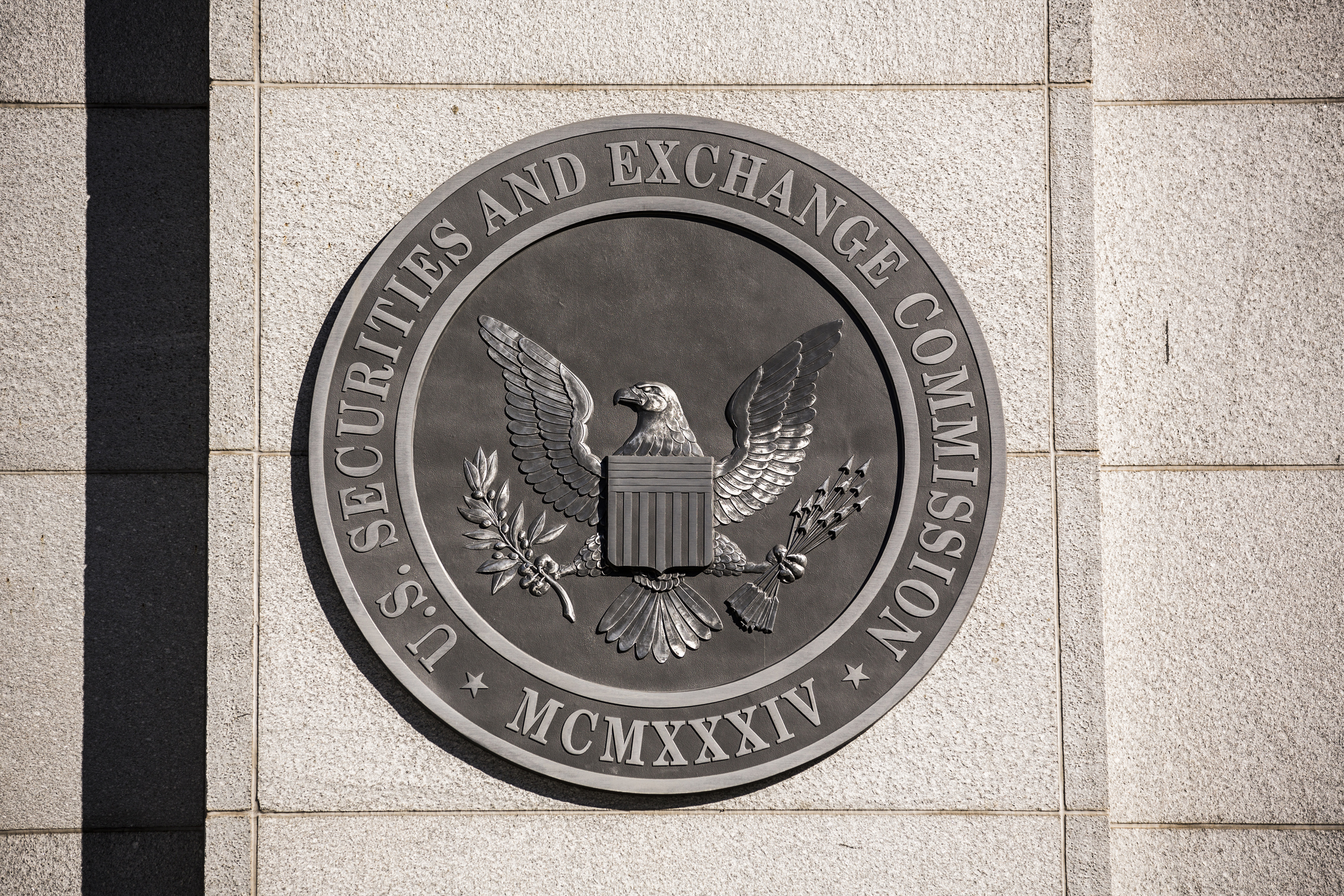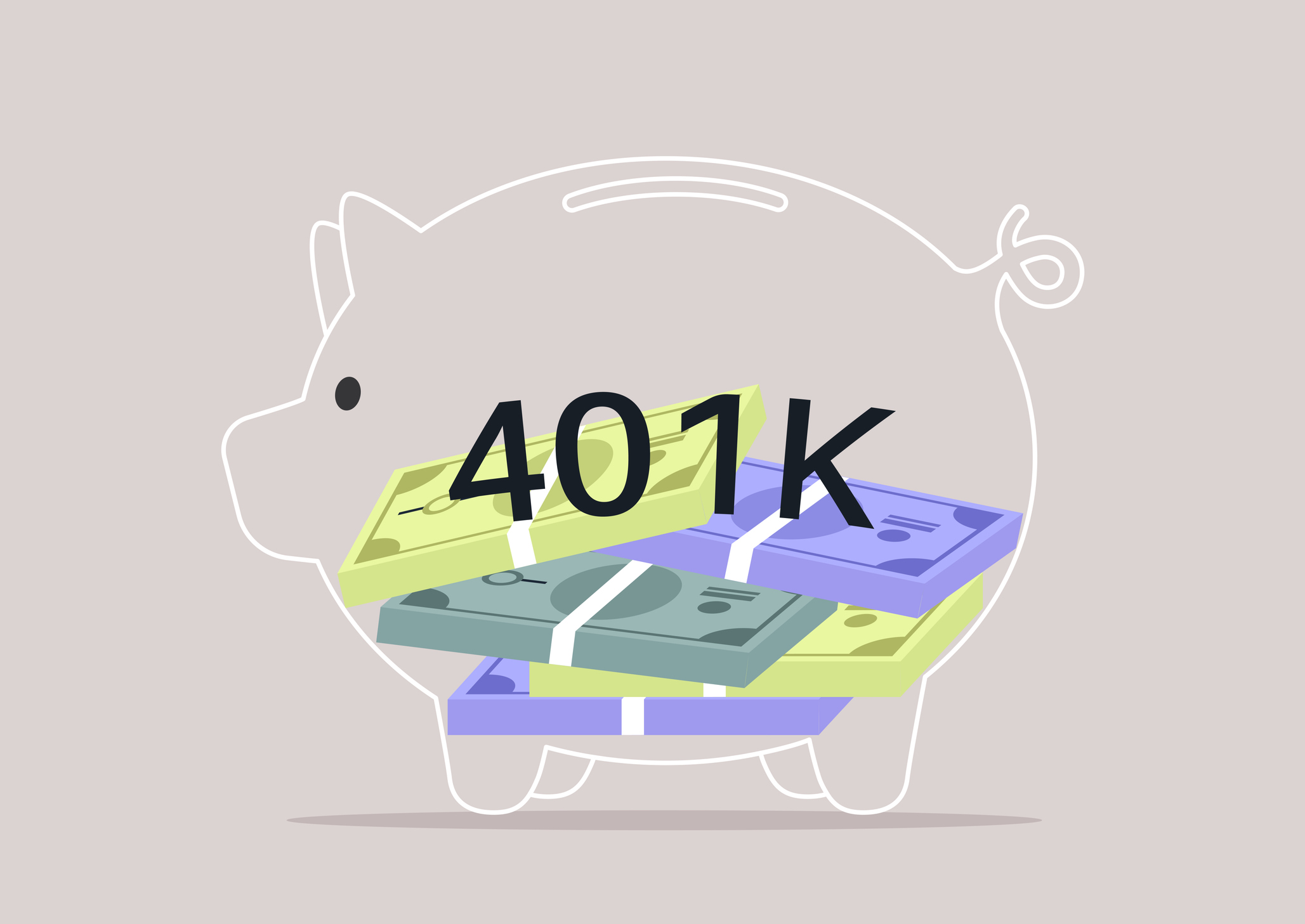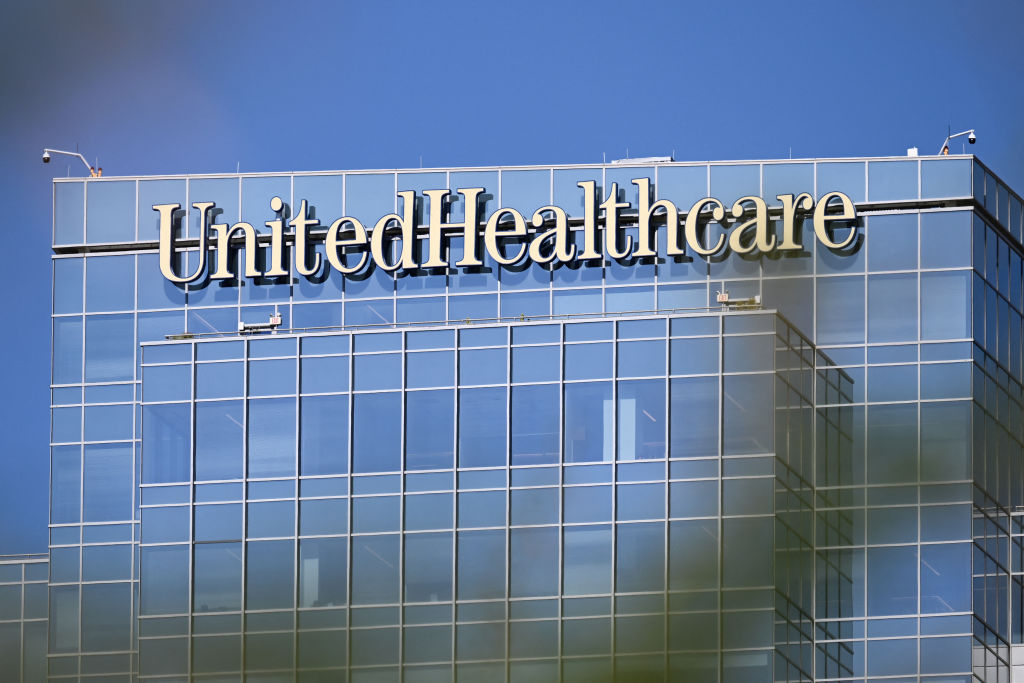7 Cheap Stocks Worth Buying
These companies face challenges but have solid balance sheets and positive cash flow.
One downside of the stock market’s big gain in 2009 is that it leaves fewer bargains in its wake. In posting a total return of 27% return for the year (and a stunning advance of nearly 70% since March 9), Standard & Poor’s 500-stock index saw more than 400 of its members gain in price. Still, at 15 times estimated 2010 profits, the market does not appear to be excessively valued.
Investors who caught the big wave are probably too busy tallying profits to worry about the paucity of bargains. But the run-up makes it hard to harvest sizable gains and reinvest the proceeds in issues that are more moderately priced. It’s also a barrier to those who have been out of the market and are looking for a reasonable reentry point. So we sifted through the also-rans, looking for stocks that were overlooked during the past year’s mad rush.
Our search focused on stocks trading at a discount to the market’s price-earnings ratio as well as to their own historic P/E. We also screened for companies trading for lower-than-usual multiples of sales, cash flow (earnings plus depreciation and other noncash charges) or book value (assets minus liabilities).
From just $107.88 $24.99 for Kiplinger Personal Finance
Become a smarter, better informed investor. Subscribe from just $107.88 $24.99, plus get up to 4 Special Issues

Sign up for Kiplinger’s Free Newsletters
Profit and prosper with the best of expert advice on investing, taxes, retirement, personal finance and more - straight to your e-mail.
Profit and prosper with the best of expert advice - straight to your e-mail.
Of course, the bargain bin is always full of stocks that deserve to be there. To weed them out, we favored firms with solid balance sheets and positive cash flow (that is, they produce actual cash earnings from operations, not just paper profits). The seven stocks below emerged. While all of them face challenges of some sort -- that’s why they’re cheap -- we think their virtues will become more apparent over time. (Share prices and related ratios are as of the market’s December 30 close.)
Many investors who were once enthusiastic about GameStop (symbol GME) now seem to think that consumers are too tapped out to pay $50 to $60 for the latest hit video game. Shares of the Grapevine, Tex., video-game retailer are down nearly two-thirds from their 2007 high. At $22.17, they fetch less than eight times expected profits of $2.92 per share for the fiscal year that ends January 31, 2011. That looks like a bargain price for a retailer whose sales and market share have held up surprisingly well.
During the quarter that ended October 2009, GameStop saw sales of new software rise 9%, compared with an industry-wide decline of 12%. Overall sales were down due to a drop in hardware sales, but software had higher profit margins, softening the blow.
More importantly, sales of used games, for which gross profit margins (sales minus cost of goods sold, divided by sales) approach 50%, were up substantially. GameStop dominates the market for used games, and they generate about 47% of the company’s profits. They also play a key role in differentiating GameStop from cut-rate retailers, such as Wal-Mart and Amazon.com, which are GameStop’s most serious competitors.
Granted, GameStop must also worry about the trend toward online downloads of new games, which could someday cut retailers out of the process entirely. But that is an issue to deal with later. Analysts expect profits to rise a healthy 15% during the 2011 fiscal year. In addition, the company, which plans to open almost 400 new stores in 2010 (and now has 6,400 stores in 17 countries, in addition to the U.S.), is in great financial shape. It has no debt and $290 million in cash.
Jacobs Engineering Group (JEC) is among a small group of construction companies that can tackle complex, large-scale projects, such as highways and power plants. Unlike most of its competitors, though, Jacobs shuns competitively bid, fixed-cost contracts, which are the industry model. These contracts put the winning bidder at risk if costs are higher than expected. Instead, Jacobs, headquartered in Pasadena, Cal., cultivates long-term relationships with clients and prefers deals that pay costs plus a guaranteed profit margin.
The company says it gets 90% of its business from repeat customers, which has resulted in more than a decade of 15% or better annual profit gains. But the recession has upset the company’s stable business, leading to a 5% fall in profits in the year that ended September 30, 2009. Analysts expect them to fall another 26%, to $2.36 in the current fiscal year. As a result, the stock, at $37.92, is down 42% from its late-2007 peak and trades for less than 12 times the past year’s earnings, about half the historic P/E ratio.
For investors, this is a good chance to pick up a quality business at a sharp discount. The company, which gets as much as half its profit growth from acquisitions, has plenty of ammunition. It has $1 billion in cash and no debt. This will allow Jacobs to remain selective about the new projects it takes on in the short term while awaiting an inevitable boom in infrastructure spending.
The recession has dampened demand for oil and sent shares of oil-services companies into retreat. But there’s little doubt that growing demand for energy in emerging economies, such as China and India, will eventually revive this sector. Now is a good time to pick up shares of Transocean (RIG), the world’s largest supplier of offshore drilling rigs, which are trading for a mere eight times expected 2010 earnings of $10.50per share.
True, slack demand has forced the Swiss firm to mothball part of its fleet. But the idled rigs operated mostly in shallow waters. In deep water -- where drilling takes place from 4,500 feet to more than 10,000 feet below the surface -- demand remains strong. Transocean is the leading player in this part of the business, and its deep-water rigs are contracted out far in advance. The company commanded average daily rates of more than $400,000 for its ultra deep-water rigs during the first three quarters of 2009, up 16% from the year-earlier period. Rates for rigs that operate in shallower waters also showed improvement during the quarter, a sign that the worst may have passed. At $83.61, the shares almost doubled during 2009, but they remain well off their May 2008 peak.
Transocean carries about $12 billion in debt but is in good financial shape. The company anticipates that free cash flow (net profits plus depreciation and other noncash expenses, minus capital investments) will more than cover maturing debt through2013. In fact, some analysts speculate that the company may soon have enough excess cash to buy back shares or initiate a dividend. Either would provide an added boost to the shares.
Top-flight biotech firms such as Genzyme (GENZ) don’t typically find themselves in the bargain bin. But since contamination problems began plaguing the company’s main manufacturing plant in Massachusetts in early 2009, investors have lost confidence. The shares, at $49.75, are off 29% since the problems surfaced.
The Cambridge, Mass., company specializes in treatments for rare genetic disorders, such as Cerezyme, for Gaucher’s disease, and Fabrazyme, for Fabry’s disease. The plant problems forced production of both drugs to cease. Earnings for 2009 are expected to plunge 444% as a result of the lost sales. Manufacturing has since resumed, and analysts expect 2010 profits to rise 56% from their depressed 2009 levels, to $3.52 per share. At $49.75., the stock trades for 14 times 2010 profits, an unusually low P/E for a firm expected to see annual profit growth of 20% over the next three to five years.
Critics say the plant problems open the door for competitors, such as Shire Pharmaceuticals, which has a rival treatment for Gaucher’s disease. But manufacturing difficulties aside, Genzyme offers a diverse lineup of more than 20 products, including a market-leading kidney-disease treatment, and numerous promising drugs in its pipeline, including one for multiple sclerosis. Caution is in order until Genzyme demonstrates definitively that the manufacturing issues are behind it. But once they are, the discount in Genzyme’s share price will quickly disappear.
A slumping economy can be good news for education firms because it prompts workers to go back to school to improve their job prospects. Analysts expect ITT Educational Services (ESI) to post $9.48 per share in profits in 2010, up 21% from 2009’s estimated earnings. But a recent series of troubling developments has cast a pall over the entire for-profit education sector. As a result, ITT shares, at $96.45, trade for ten times 2010 estimates, a price that makes buying the stock a risk worth taking.
The company operates more than 100 ITT Technical Institutes in 38 states and online, primarily offering two-year, technology-oriented degrees (it also runs Daniel Webster College, in Nashua, N.H.). Like other for-profit educators, the Carmel, Ind., company benefits from lean operations and a lower price tag compared with more-traditional schools. ITT’s operating profit margin is typically more than 30%.
ITT students often take out loans to finance tuition, and recent news reports have pointed out that default rates are higher for students at for-profit institutions than those of students at state-funded schools. But while loan defaults are a concern, it should come as no surprise that students at for-profit schools, who tend to have day jobs, can occasionally run into financial difficulties.
Investors have also been rattled recently by concerns that the federal government will take a harder look at the accreditation of for-profit schools. But there’s no evidence that the accreditation of ITT’s schools may face any special scrutiny.
Knight Capital Group (NITE) makes money buying and selling huge volumes of stocks -- 9.2 billion shares a day in 2009 -- on behalf of itself and others. As a market maker, the Jersey City, N.J., firm makes sure buyers and sellers of more than 19,000 stocks have someone to take the other side of their trades. On these transactions, it earns the difference between the bid (buy) and offer (sell) price. It also earns commissions for helping big institutional players execute large and complex trades. Although most of its business is in stocks, it also trades bonds, futures, options and currencies in various markets.
Marketwide trading volume has a big impact on Knight’s success, and it was lower than expected in late 2009. Combined with lower average profitability per trade, that sent the shares plunging from a peak of $23 in October to $15.60. Many of the causes were temporary, such as a higher proportion of low-priced (and lower-profit) stocks in the mix.
Looking beyond short-term ups and downs, Knight, the largest U.S. market maker, is well positioned to capitalize on continued global growth in securities trading. It has a successful track record of growing through acquisitions and a solid balance sheet, which will help finance new purchases. Knight’s executives believe they can produce 18% annual revenue growth over the next five years and operating profit margins of 20% or better. That sounds pretty good for a stock that trades for less than ten times expected 2010 earnings of $1.60 per share.
When a company with a globally known brand such as Weight Watchers International (WTW) is available for just ten times earnings, we take notice. You should, too. Weight Watchers is the biggest and most reputable name in dieting, a business that, barring invention of a wonder drug, will never be short of customers. Given the prevalence of obesity in the U.S. and in other developed countries, we think it’s a safe bet that the shares will eventually trade closer to their historical P/E of 21.
Weight Watchers gets about 60% of its revenues from fees it charges to attend weekly meetings, where dieters get education and group support. The remainder comes from a mix of product sales, online revenues, licensing and franchise fees.
Profits fell 5% in 2009 as the recession forced its customers to cut back on their spending. But Weight Watchers, based in New York City, has put itself on a fiscal diet, cutting costs to keep its operating profit margin above 25%. Analysts expect 2010 to be a better year, with profits rising 7%, to $2.80 per share. The stock, at $29.35, is near its 52-week high but more than 50% off its 2007 peak.
Weight Watchers carries a weighty $1.5 billion in long-term debt, but it generates annual free cash flow equal to about 16% of sales. That should be more than enough to pay down debt and continue funding the $2.80-per-share annual dividend, which provides a 2.4% yield at the stock’s current price.
Profit and prosper with the best of Kiplinger's advice on investing, taxes, retirement, personal finance and much more. Delivered daily. Enter your email in the box and click Sign Me Up.
-
 'Humbug!' Say Consumers, Despite Hot GDP: Stock Market Today
'Humbug!' Say Consumers, Despite Hot GDP: Stock Market Today"The stock market is not the economy," they say, but both things are up. Yet one survey says people are still feeling down in the middle of this complex season.
-
 The SEC Is Concerned for Older Investors and Retirement Savers. Here's What You Should Know
The SEC Is Concerned for Older Investors and Retirement Savers. Here's What You Should KnowThe SEC focusing on older investors, retirement and college savers, and private securities. Here's how those changes impact you.
-
 Vesting, Catch-Ups and Roths: The 401(k) Knowledge Quiz
Vesting, Catch-Ups and Roths: The 401(k) Knowledge QuizQuiz Test your understanding of key 401(k) concepts with our quick quiz.
-
 If You'd Put $1,000 Into Coca-Cola Stock 20 Years Ago, Here's What You'd Have Today
If You'd Put $1,000 Into Coca-Cola Stock 20 Years Ago, Here's What You'd Have TodayEven with its reliable dividend growth and generous stock buybacks, Coca-Cola has underperformed the broad market in the long term.
-
 If You Put $1,000 into Qualcomm Stock 20 Years Ago, Here's What You Would Have Today
If You Put $1,000 into Qualcomm Stock 20 Years Ago, Here's What You Would Have TodayQualcomm stock has been a big disappointment for truly long-term investors.
-
 If You'd Put $1,000 Into Home Depot Stock 20 Years Ago, Here's What You'd Have Today
If You'd Put $1,000 Into Home Depot Stock 20 Years Ago, Here's What You'd Have TodayHome Depot stock has been a buy-and-hold banger for truly long-term investors.
-
 If You'd Put $1,000 Into Bank of America Stock 20 Years Ago, Here's What You'd Have Today
If You'd Put $1,000 Into Bank of America Stock 20 Years Ago, Here's What You'd Have TodayBank of America stock has been a massive buy-and-hold bust.
-

 If You'd Put $1,000 Into Oracle Stock 20 Years Ago, Here's What You'd Have Today
If You'd Put $1,000 Into Oracle Stock 20 Years Ago, Here's What You'd Have TodayORCL Oracle stock has been an outstanding buy-and-hold bet for decades.
-
 If You'd Put $1,000 Into Sherwin-Williams Stock 20 Years Ago, Here's What You'd Have Today
If You'd Put $1,000 Into Sherwin-Williams Stock 20 Years Ago, Here's What You'd Have TodaySherwin-Williams stock has clobbered the broader market by a wide margin for a long time.
-
 If You'd Put $1,000 Into UnitedHealth Group Stock 20 Years Ago, Here's What You'd Have Today
If You'd Put $1,000 Into UnitedHealth Group Stock 20 Years Ago, Here's What You'd Have TodayUNH stock was a massive market beater for ages — until it wasn't.
-
 Stocks Are Up and Down on Fed Day: Stock Market Today
Stocks Are Up and Down on Fed Day: Stock Market TodayIn another sign of changing times, JPMorgan has partnered with Coinbase to enable cryptocurrency purchases with credit cards.